Hemakuta Hill, also known as the Hemakuta Hill Temple Complex, is a prominent hill in the Hampi region of Karnataka, India. It’s famous for its numerous ancient temples, shrines, and ruins dating back to the Vijayanagara Empire, which flourished in the 14th to 16th centuries. Intriguingly, unlike most Hindu temples, some of the Hemakuta group lack traditional idols of gods.
Hemakuta Hill features a multitude of temples, with the grandest and most adorned ones situated on the north side, offering a picturesque view facing the Virupaksha Temple compound. Moving southward, visitors can delight in an aerial perspective of prominent temples such as the Krishna Temple, Sasivekalu Ganesha Temple, Lakshmi Narasimha Temple, and the revered Badavilinga Temple. Additionally, one can cherish the mesmerizing sunset from the western viewpoint atop Hemakuta Hill.

Table of Contents:-
Hemakuta Hill is located just 350-550 meters from Hampi Bus Stand, and it takes only about 15 minutes to trek up to the top. There are three main ways to access it. Firstly, you can enter through the tower near the main entrance of the Virupaksha Temple (350 Meters). The second access point is via the Sasivekalu Ganesha (550 Meters), and the third is through the Kadalekalu Ganesha shrine (460 Meters).
Entry is free to Hemakuta Hill, which features several structures like small temples, pavilions, and stone mantapas (pillared halls). Visitors can explore the hill by climbing its gentle slopes and enjoy breathtaking panoramic views of the Hampi landscape from its summit. Hemakuta Hill holds significant religious and historical importance, attracting tourists, pilgrims, and history enthusiasts alike.
Quick Facts
- Timing: Daytime, every day
- Entry Fee: No entry fee required
- Photography: Allowed
- Location: Google Maps
- Must-see Things
Mythological Origins of Hemakuta Hill
There are two main versions of the story:
Version 1: Lord Shiva did penance at Hemakuta before marrying Pampa, also known as Parvati.
Version 2: Parvati, also known as Pampa, deeply wanted to be with Lord Shiva. To get his attention, she prayed hard on Hemakuta Hill. The gods tried to help by sending the god of love, but Shiva got upset and turned him to ashes. Still, Parvati’s love and dedication touched Shiva’s heart, and he accepted her as his wife. During the wedding of Lord Shiva and Goddess Parvati, the devas (gods) showered the ceremony with golden flowers as a divine blessing. This auspicious event is believed to have taken place on Hemakuta Hill in Hampi.
This story shows that love and devotion can overcome challenges, making Hemakuta Hill a symbol of love and faith in Hindu stories.
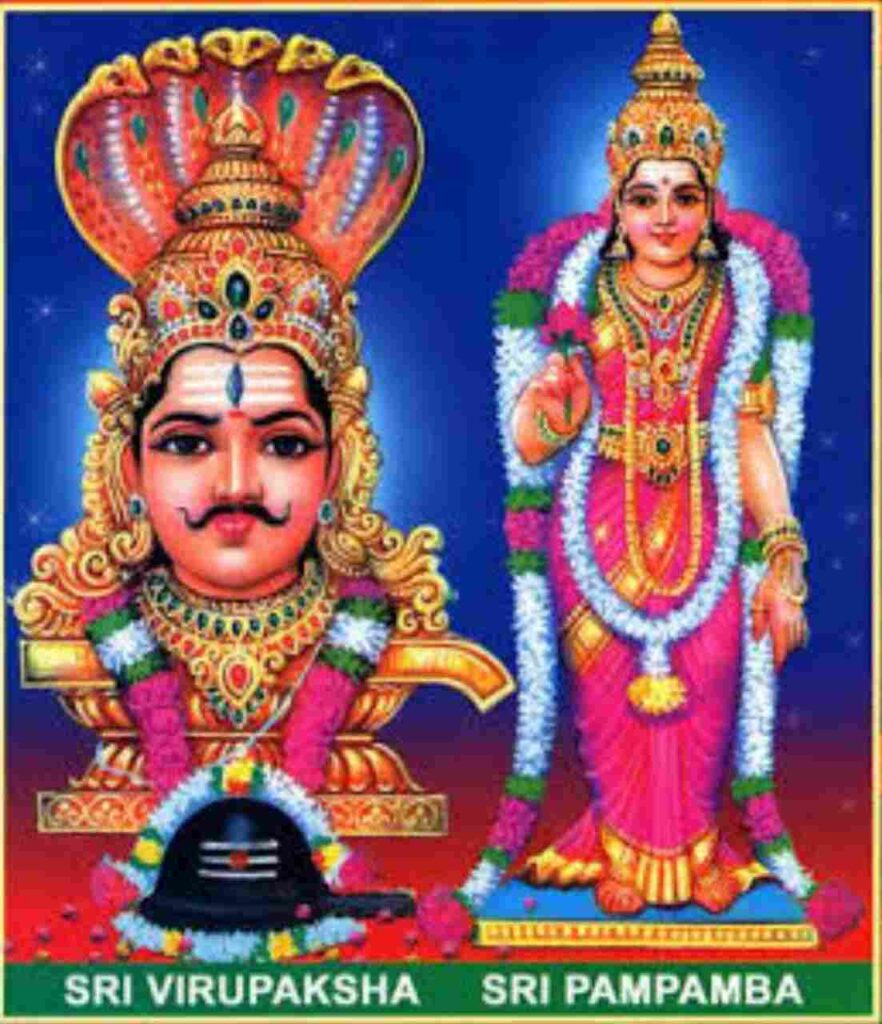
Hemakuta Meaning
The name “Hemakuta” originates from the Sanskrit words “hema,” meaning gold, and “kuta,” meaning hill or peak.
According to local legend, the tale of devas showering golden flowers is a captivating aspect of the grand celestial wedding of Lord Shiva and Parvati. This sacred ceremony holds immense significance in Hindu mythology, symbolizing the divine union and cosmic harmony. Although the golden flowers themselves are not directly tied to Hemakuta Hill, they symbolize the blessings bestowed upon the divine couple, adding to the mystical charm of the hill’s name.
The reddish-golden hue of the laterite rocks, especially during sunset, might have inspired the name.
Mula Virupaksha Temple
This ancient temple, meaning “original” Virupaksha, predates the grand Virupaksha Temple at the foot of the hill. It’s a modest whitewashed structure with cubical pillars reflecting a pre-Vijayanagara style. Inside the temple, you’ll find a Shiva linga, which is the symbol of Lord Shiva. It stands as one of the few ancient temples that are still actively worshipped today. Fascinatingly, the porch overlooks a courtyard with a water pond, and steps descend directly into the water. However, during the summer months, all the water evaporates, transforming the landscape.
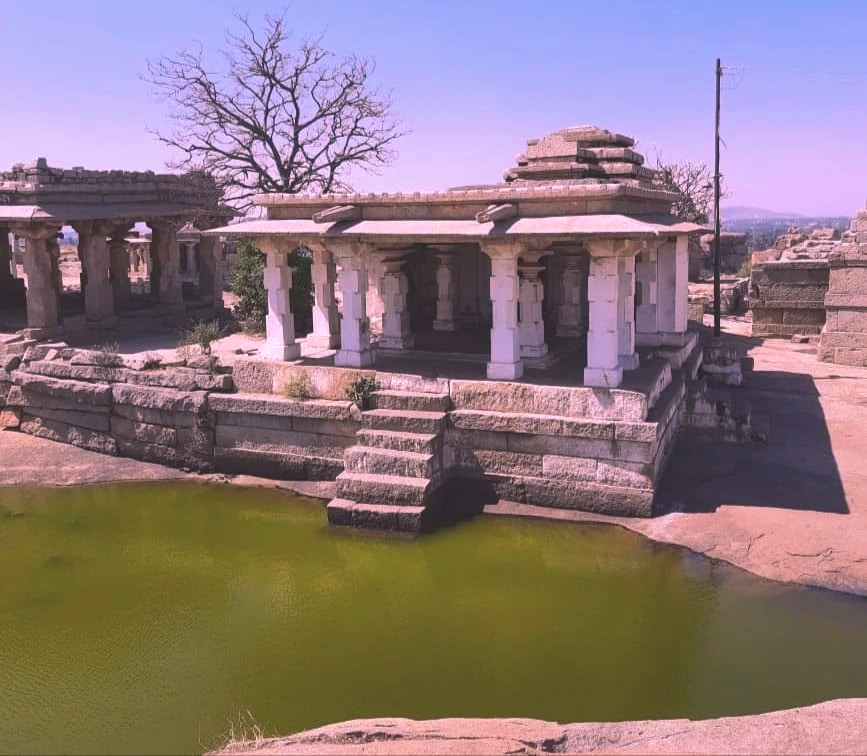
Sunset and Sunrise
Hemakuta Hill offers stunning sunrise and sunset views in Hampi, and it’s easier to reach the top compared to nearby Matanga Hill. If you’re unable to reach Matanga Hill for sunset, Hemakut Hill is a great alternative. Capture stunning photographs by visiting Hemakuta early in the morning or just before sunset.
As the day bids farewell, Hemakuta Hill transforms into a front-row seat for a mesmerizing sunset show. The sky ignites with vibrant hues of orange, pink, and purple, casting a warm glow on the ancient ruins and temples below. Imagine the tranquil ambiance as you watch these iconic structures transform into dramatic silhouettes against the fiery backdrop.
For the early risers, Hemakuta Hill offers a magical sunrise experience. The first rays of dawn peek over the horizon, bathing the rugged terrain in a soft golden light. As the mist slowly dissipates, the intricate details of Hampi’s architectural marvels are revealed. Imagine the serenity of the chirping birds as the landscape awakens to a new day. From the hill’s summit, witness the vastness of Hampi come alive, filled with promise and beauty.
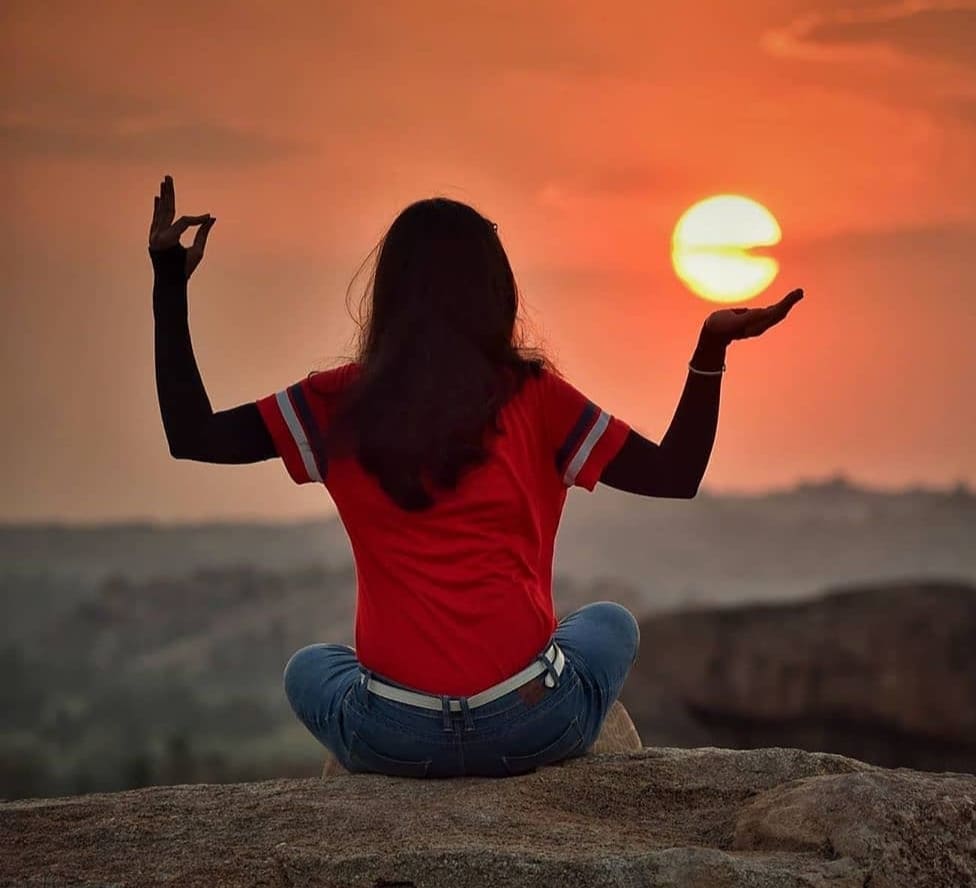
Architecture of Hemakuta Temple Complex
The Hemakuta Hill Temple Complex in Hampi stands out for its unique architectural style, distinct from the more widely known Vijayanagara architecture. Here’s a breakdown of the key features:
Compact & Triple-Chambered: These temples are generally small and have three chambers, giving them a distinct look compared to the larger, multi-chambered temples found elsewhere in Hampi.
Pyramid Roofs: The most striking feature is the pyramid-like roof made of granite slabs. This adds a sense of solidity and permanence to the structures.
North Side – Trikutachala Style: The northern part of Hemakuta Hill showcases temples built in the Trikutachala style. Here, three shrines are positioned perpendicular to each other, facing a central hall. This creates a unique cruciform plan.
Simpler Exteriors: Unlike the ornate decorations typical of Vijayanagar temples, the Hemakuta group has relatively plain exteriors. You might find horizontal bands of floral motifs and fluted foundations, but the overall impression is one of simplicity.
Possible Jain Temple Confusion: Due to their compact size, triple-chambered layout, and pyramid roofs, the Hemakuta temples are sometimes mistaken for Jain temples. However, most of them are dedicated to Lord Shiva.
Gallery:-

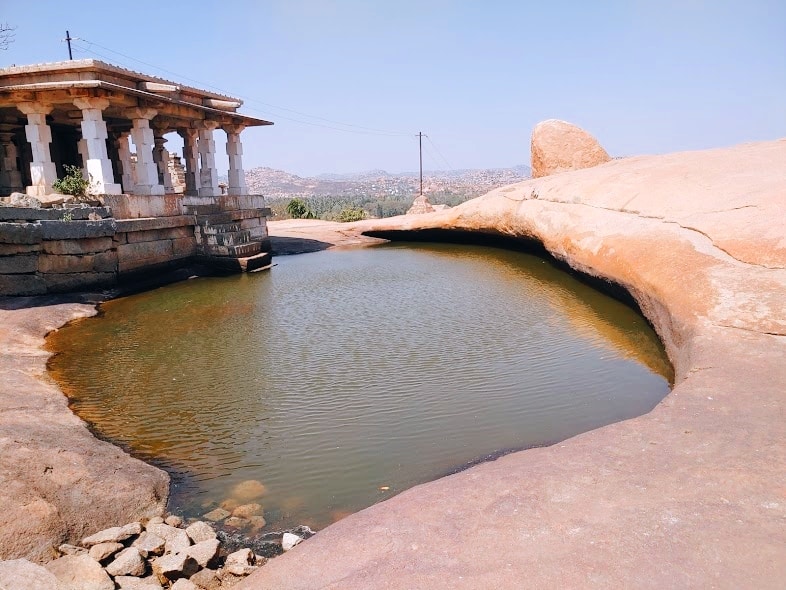
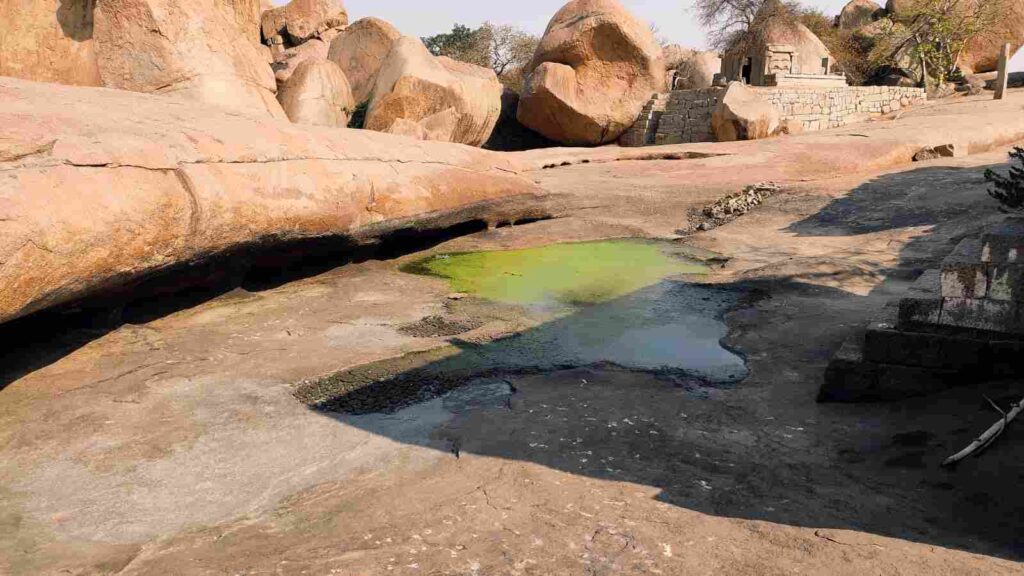
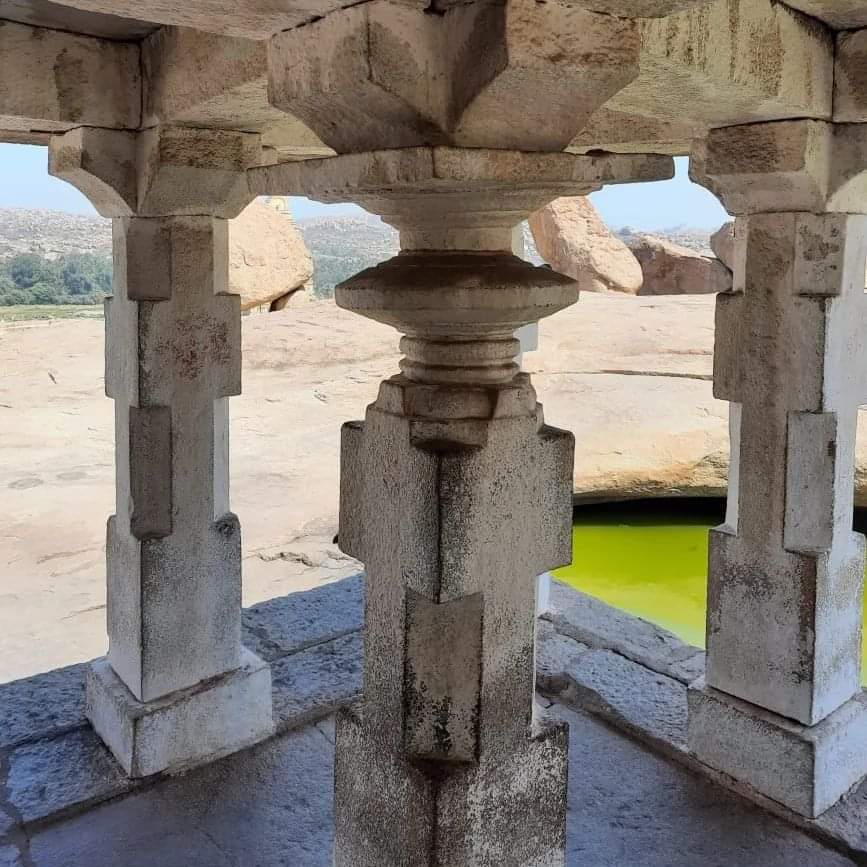
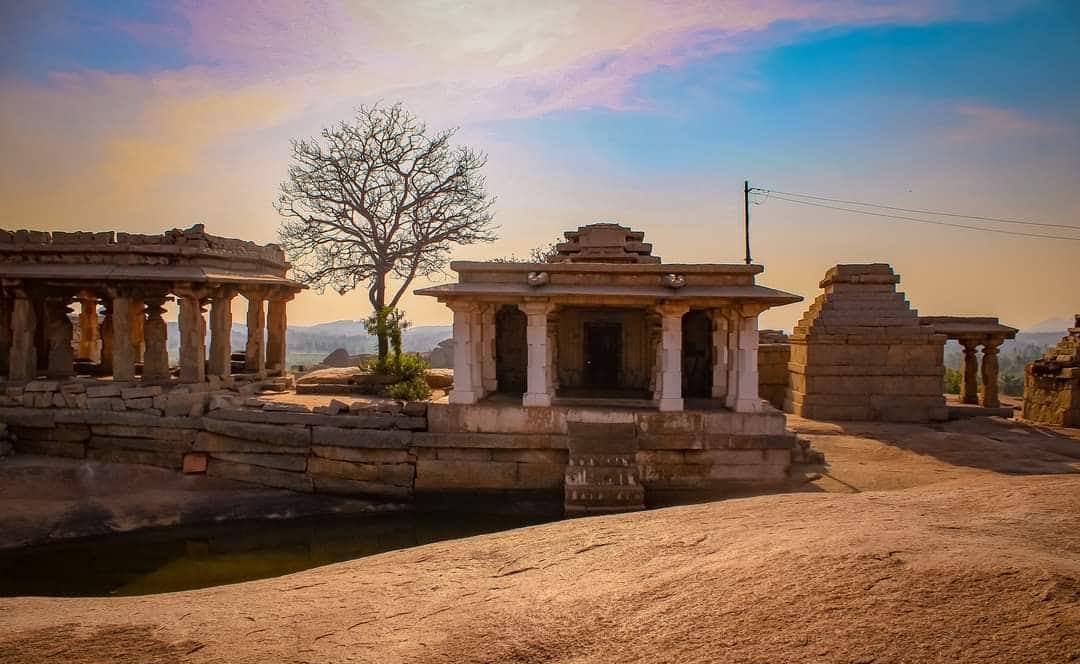

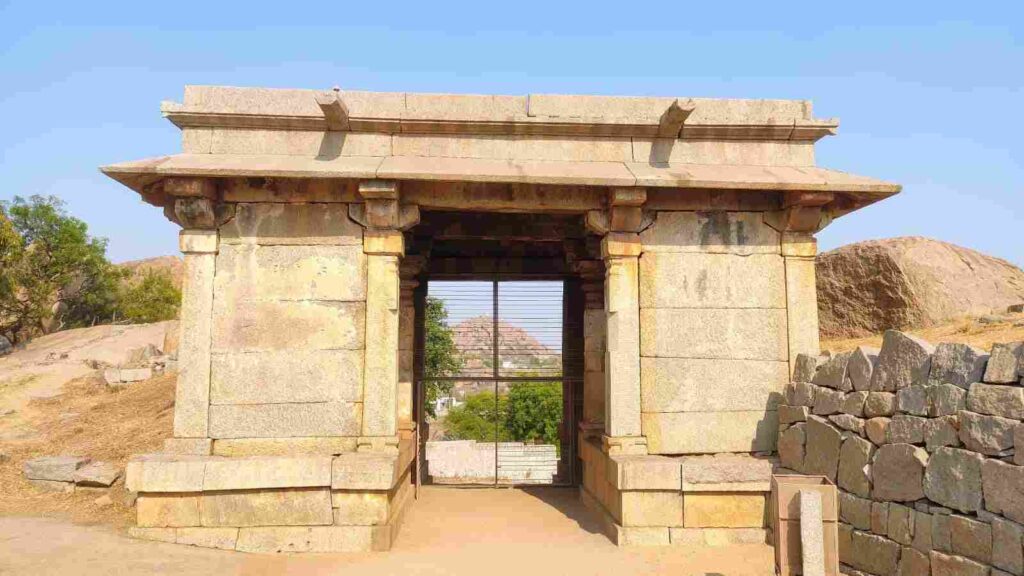

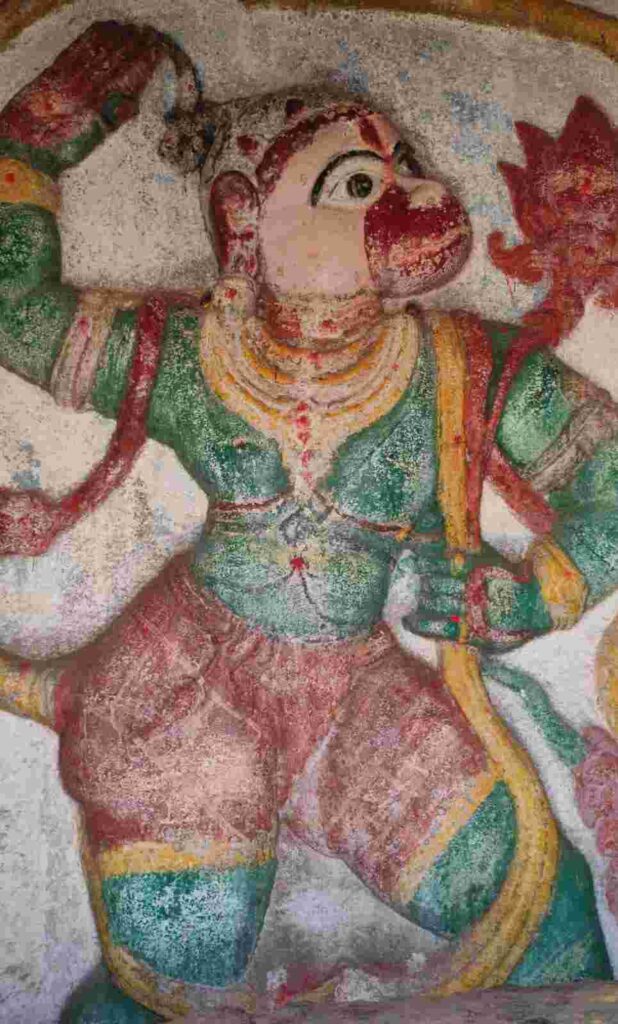
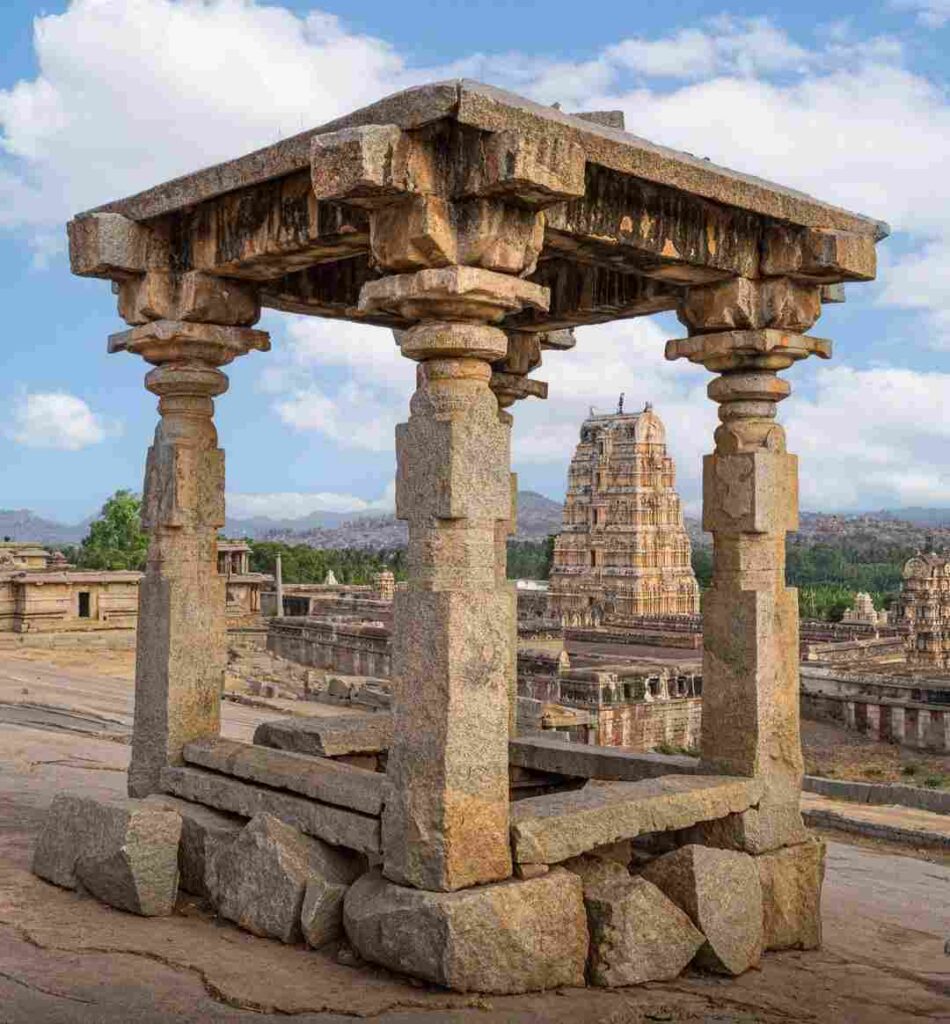


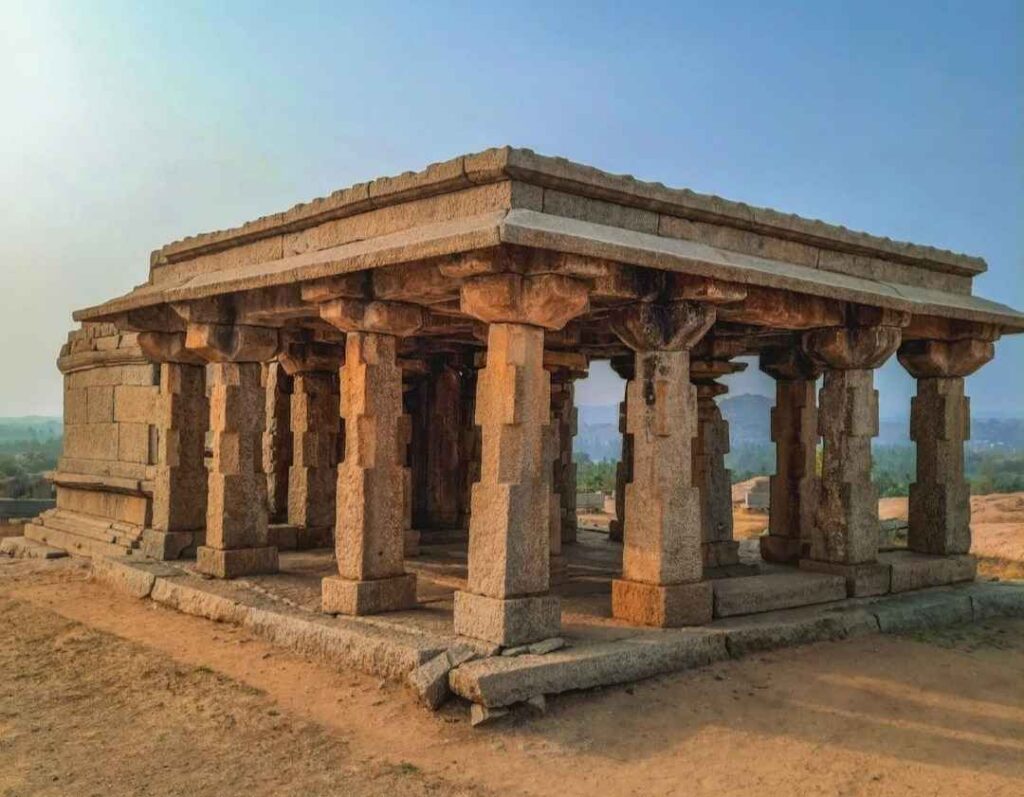
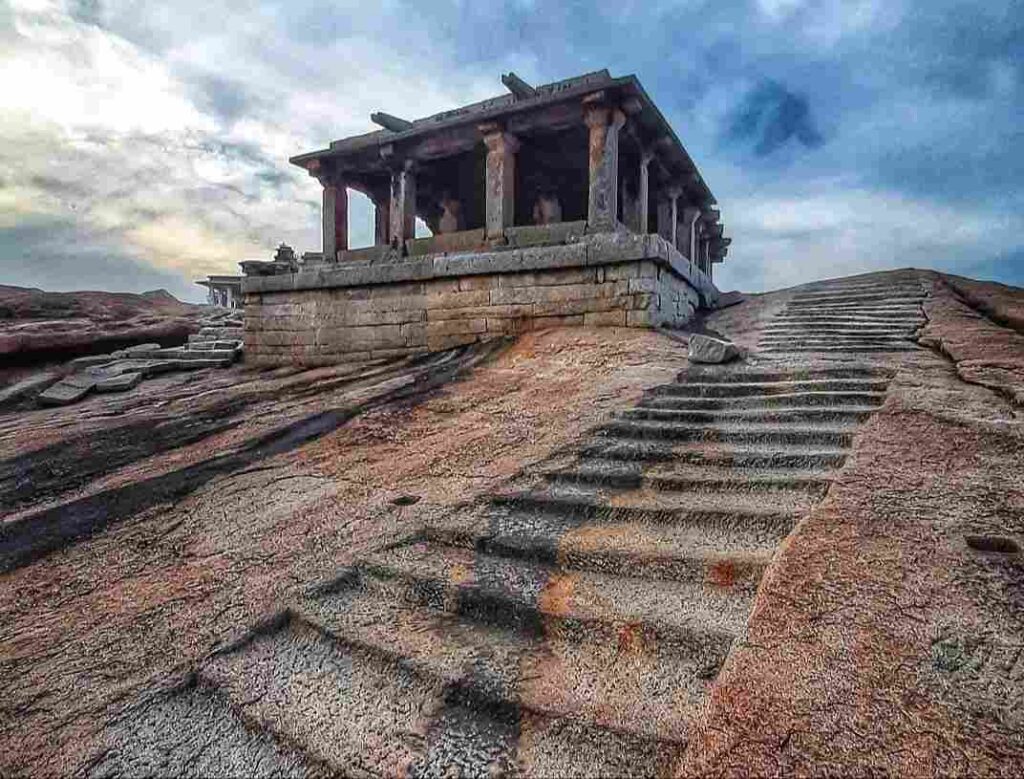


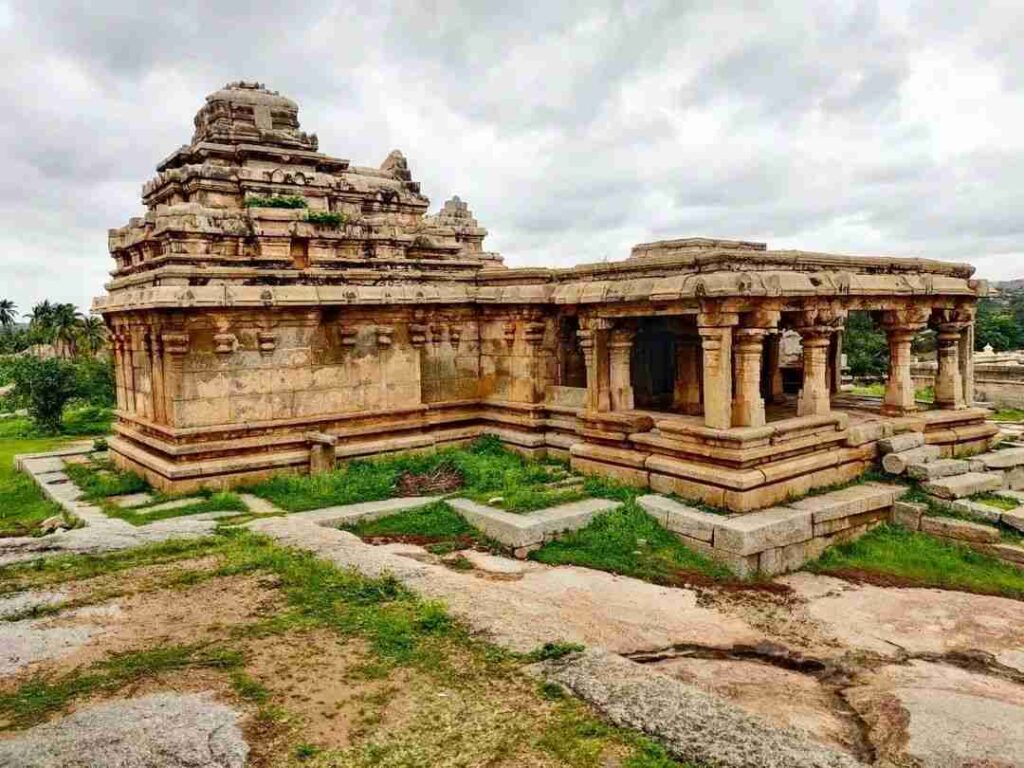
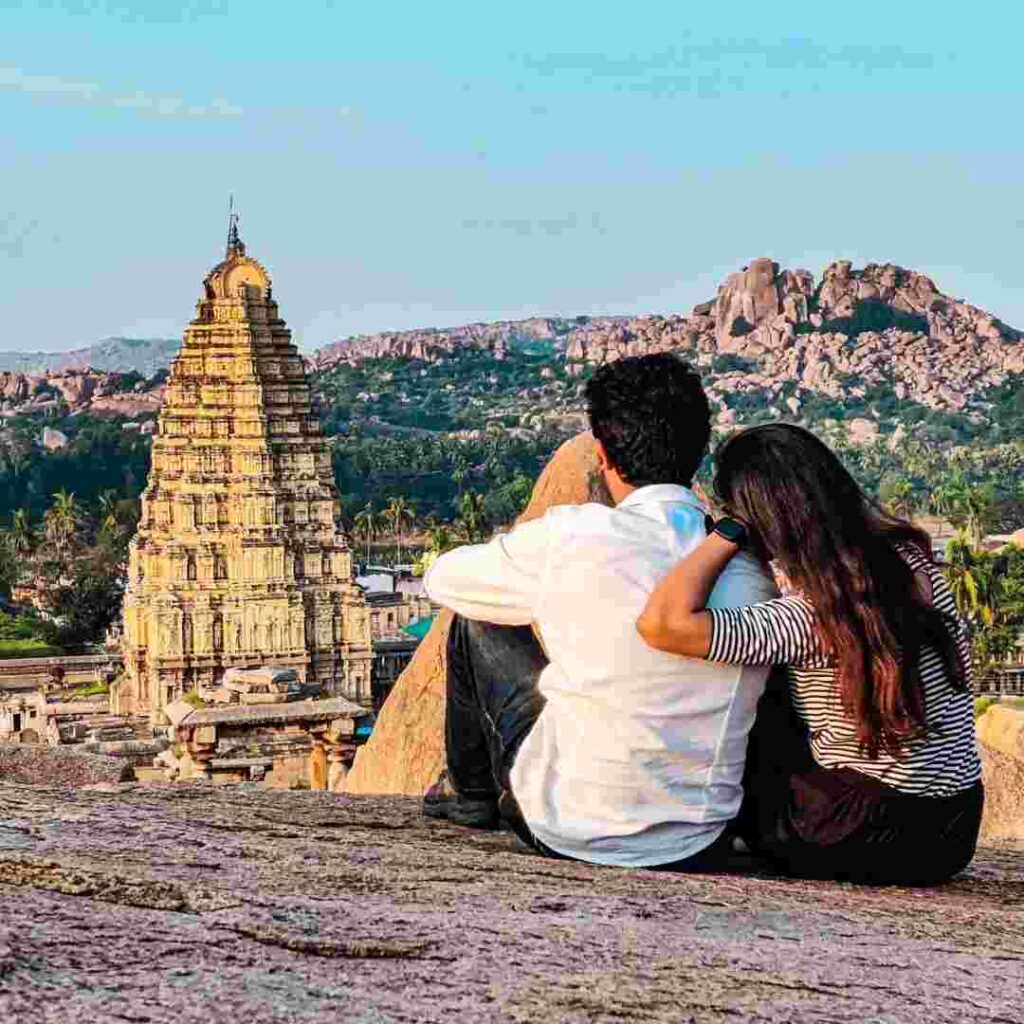


Hi there! Someone in my Facebook group shared this site with us
so I came to give it a look. I’m definitely enjoying the
information. I’m book-marking and will be tweeting this to my followers!
Excellent blog and excellent design.